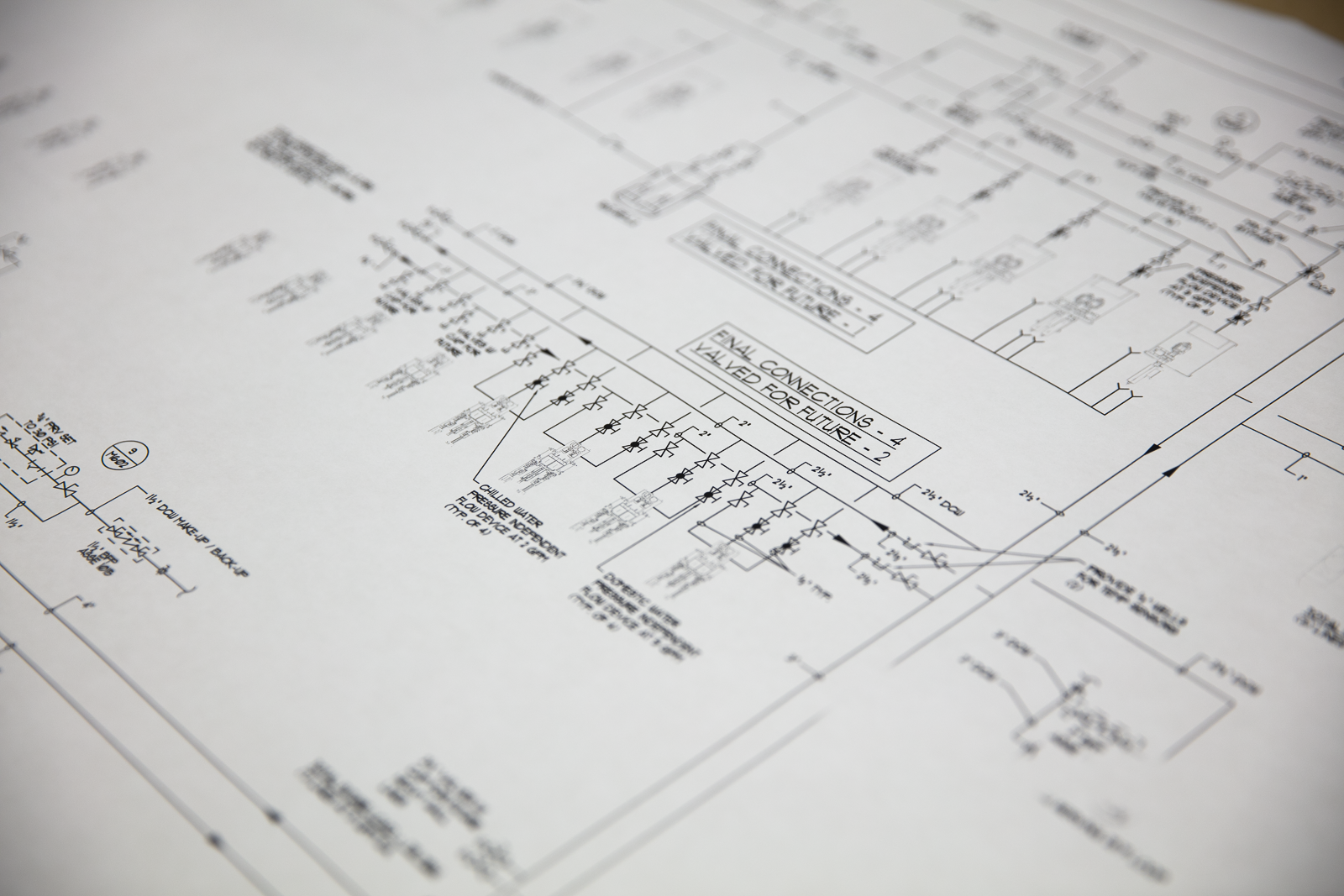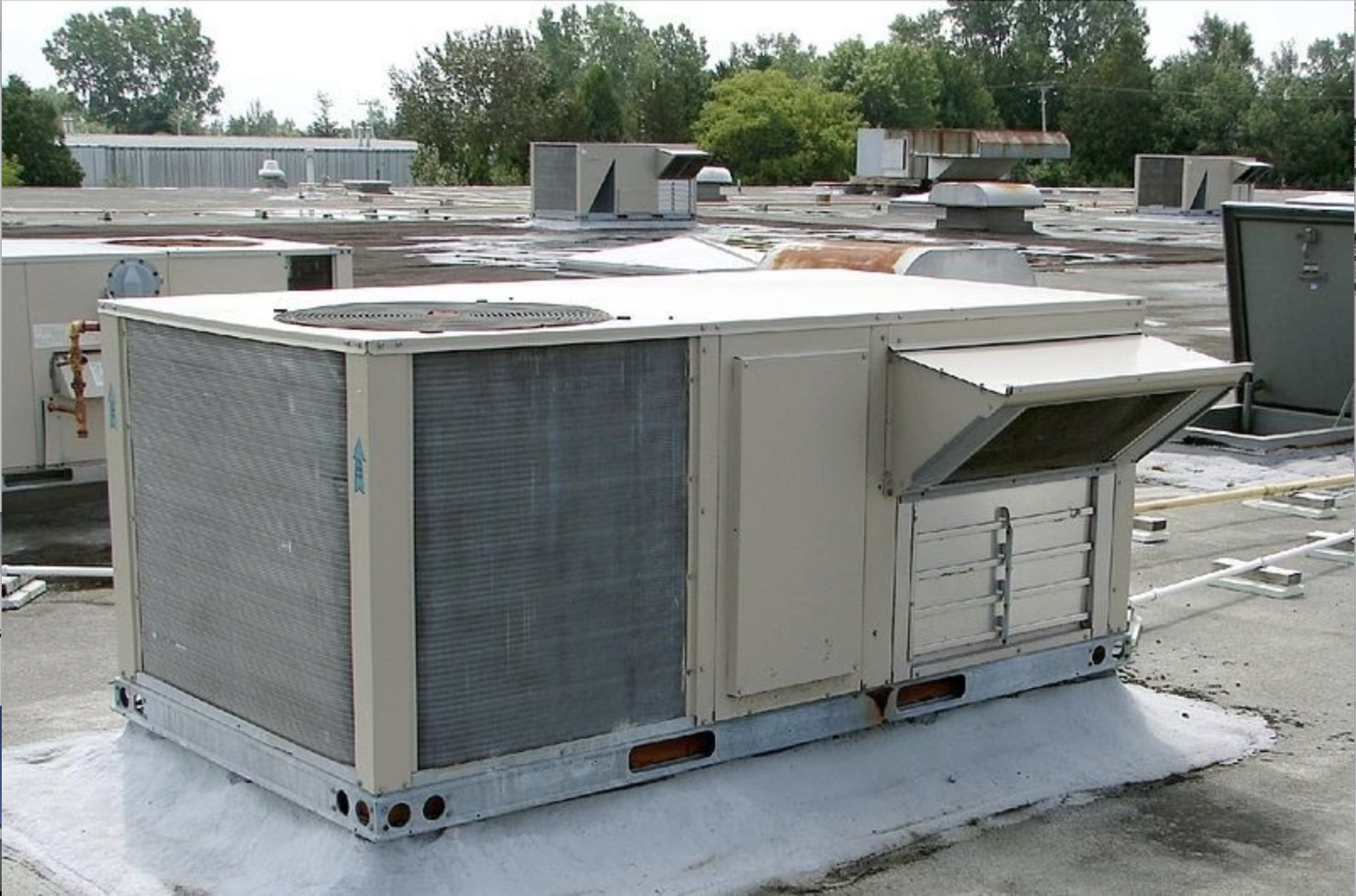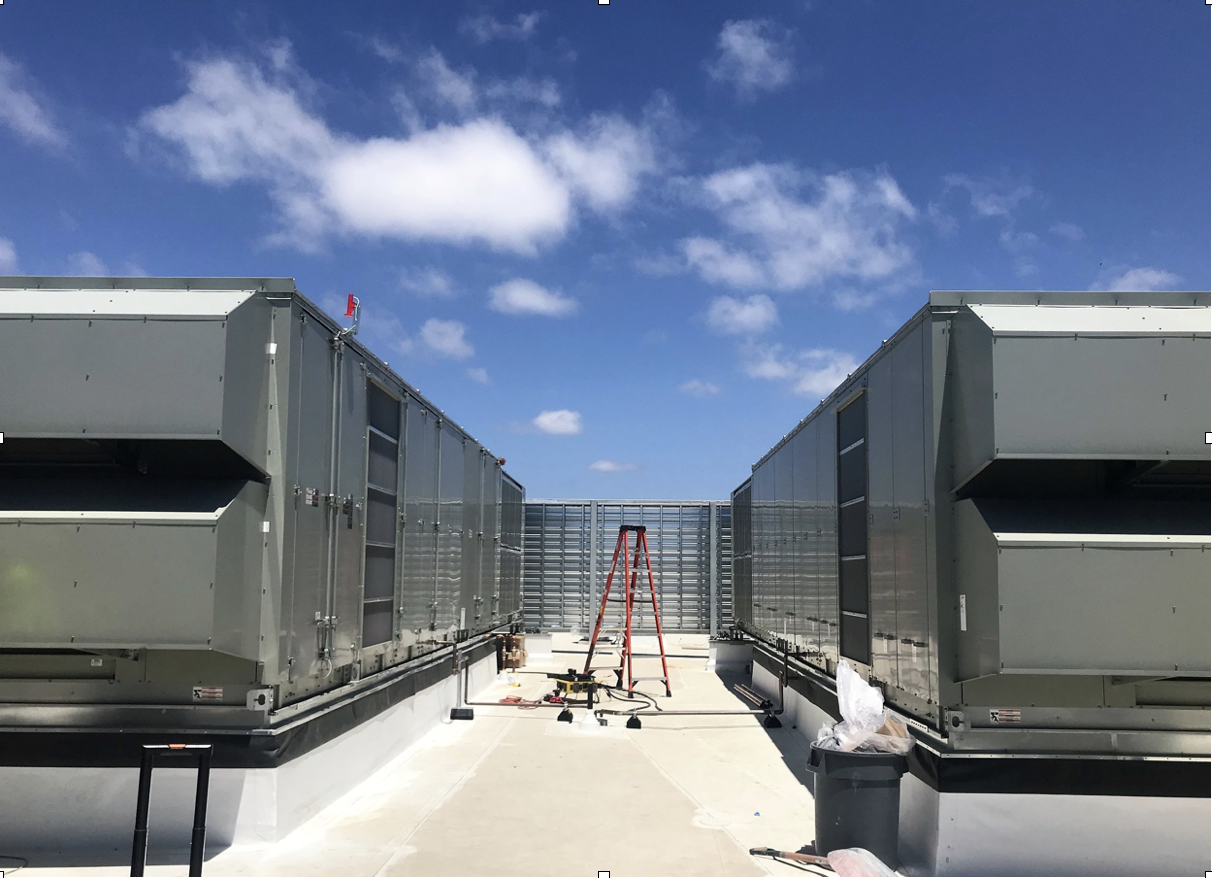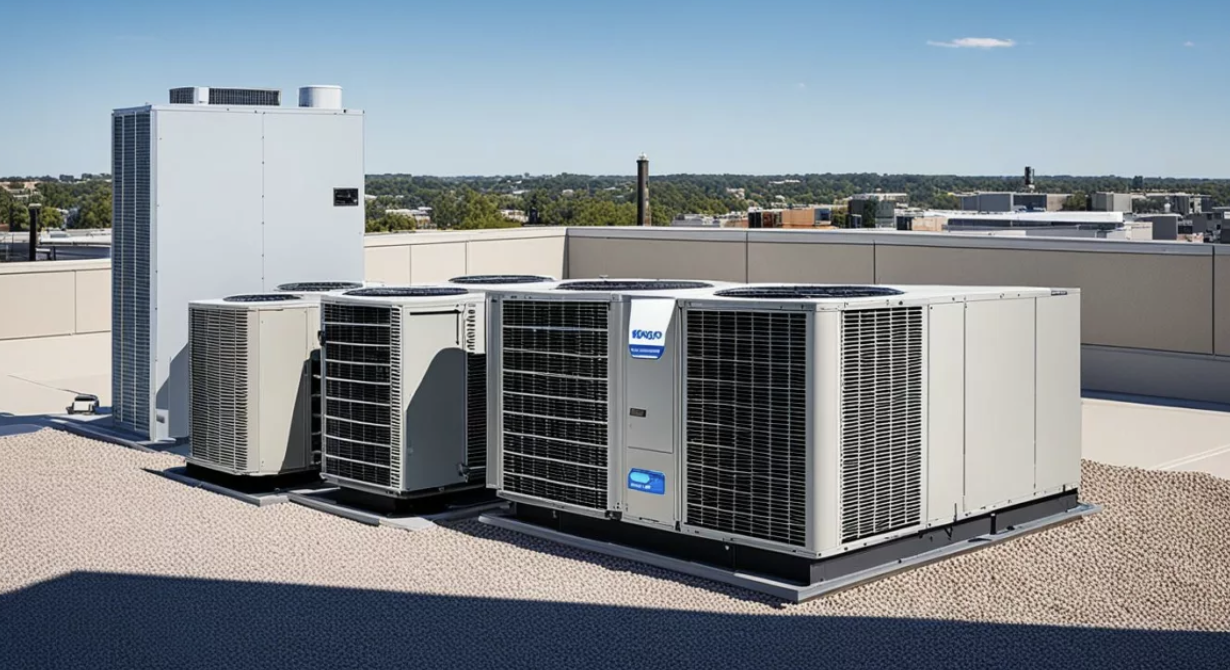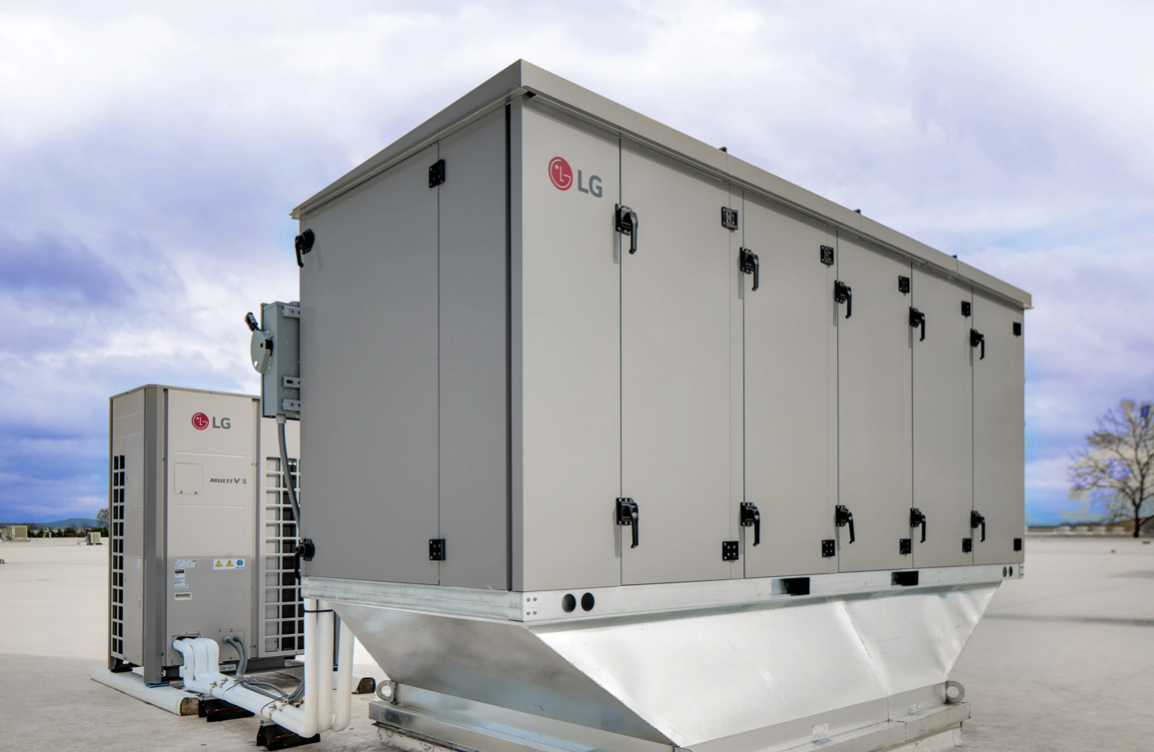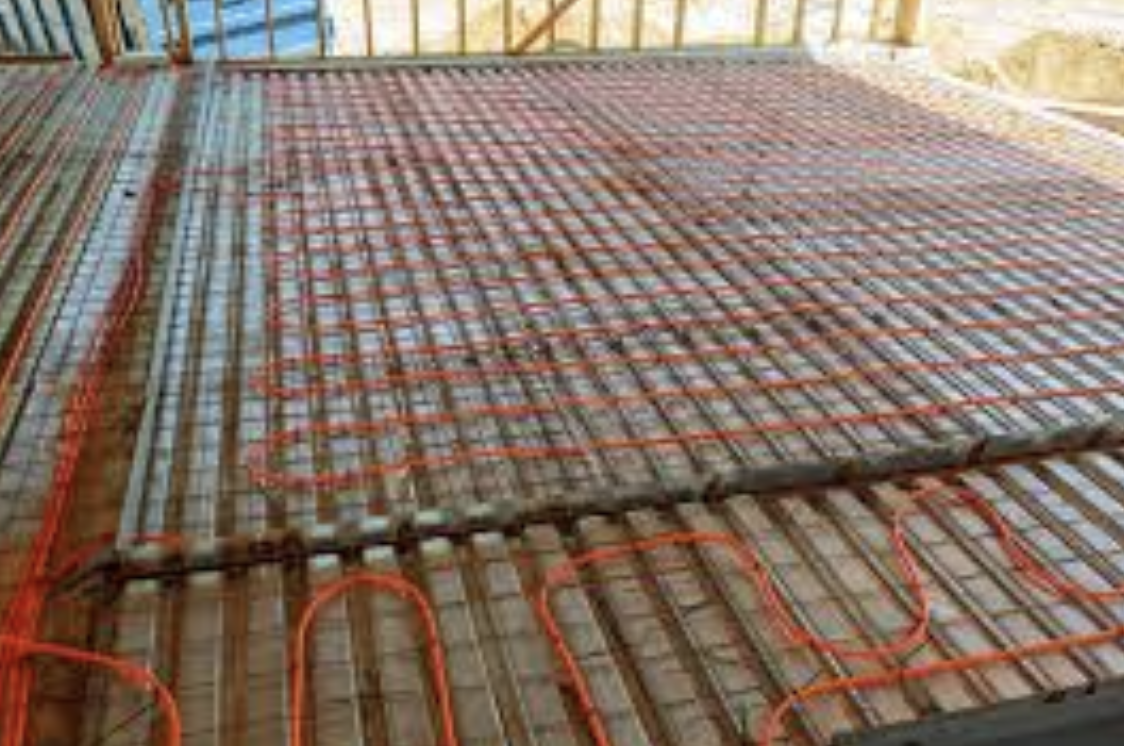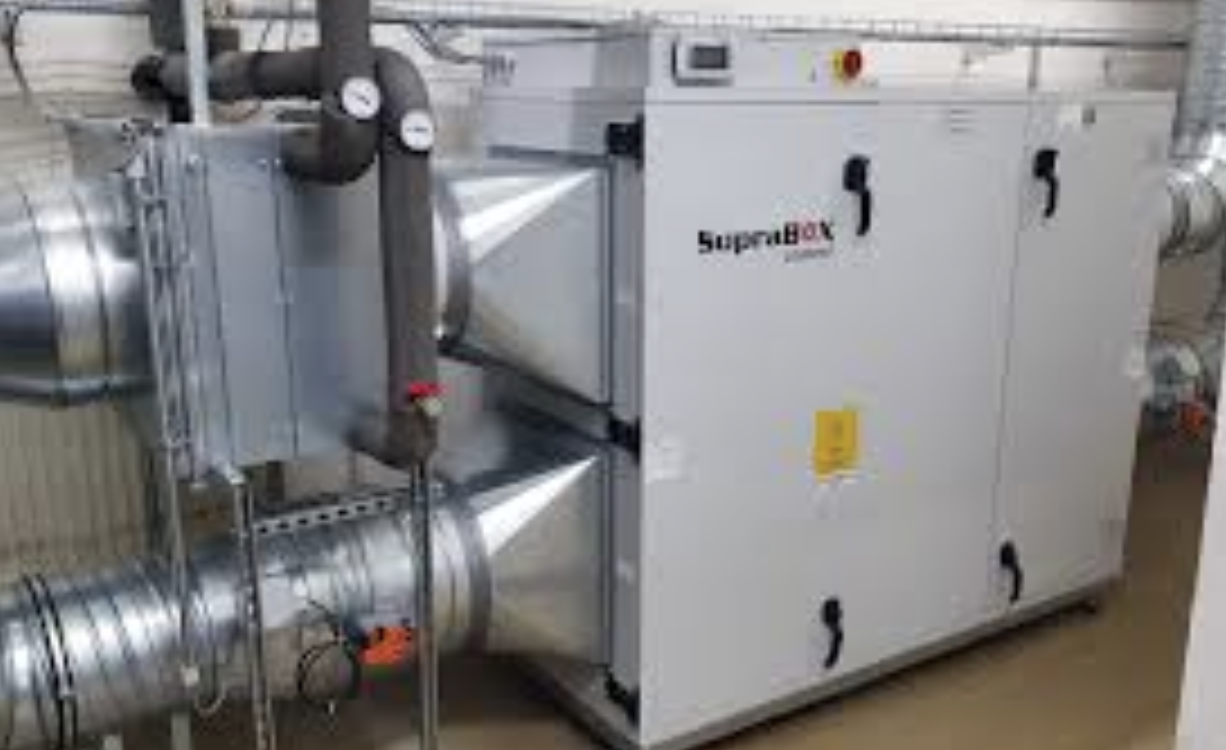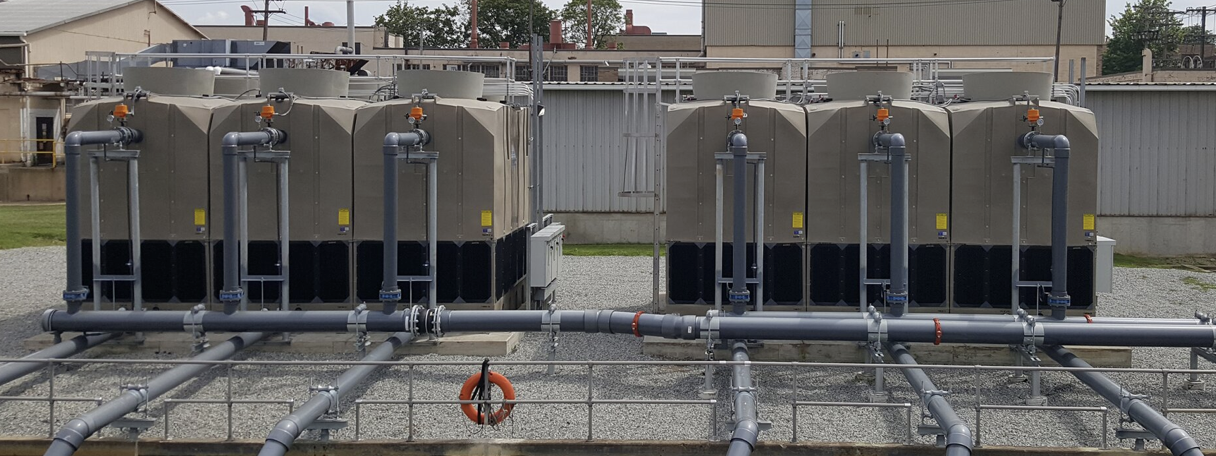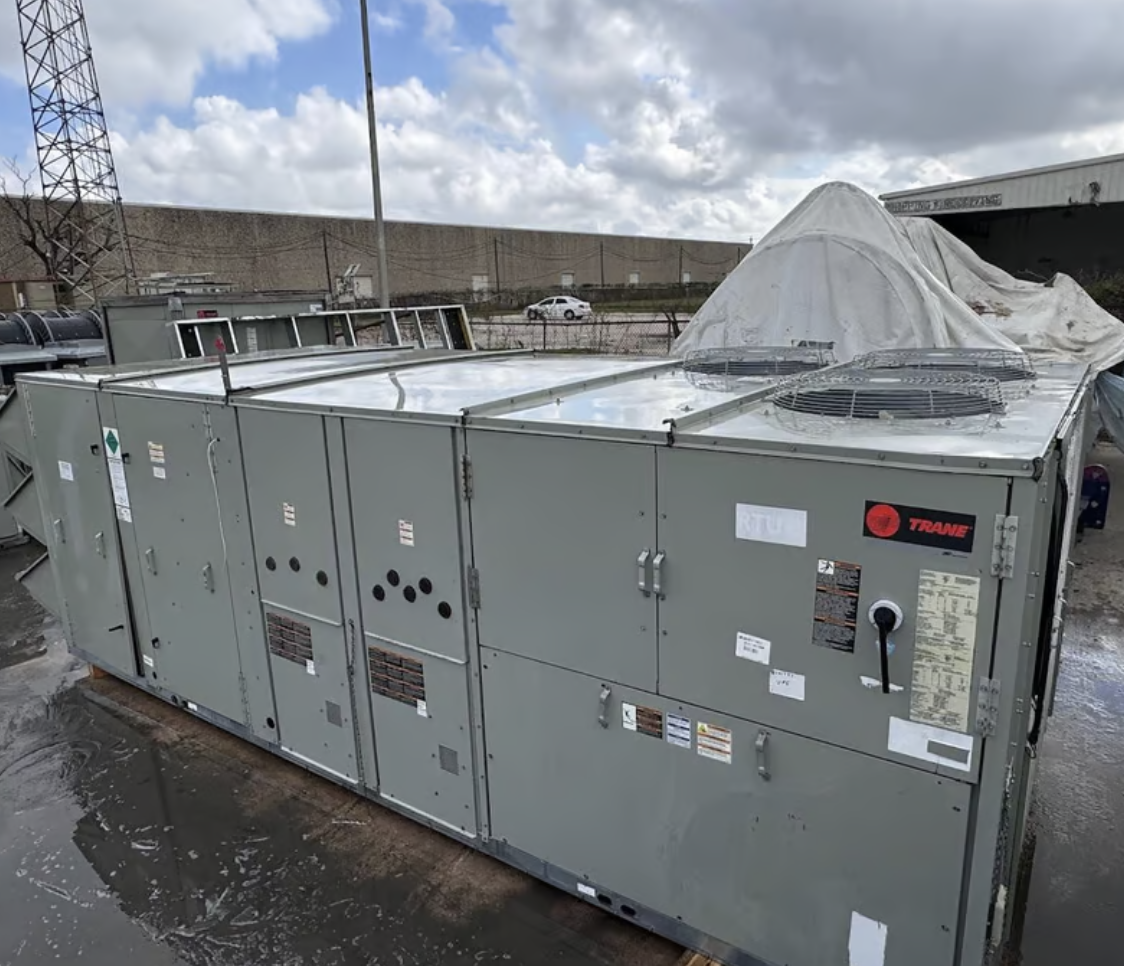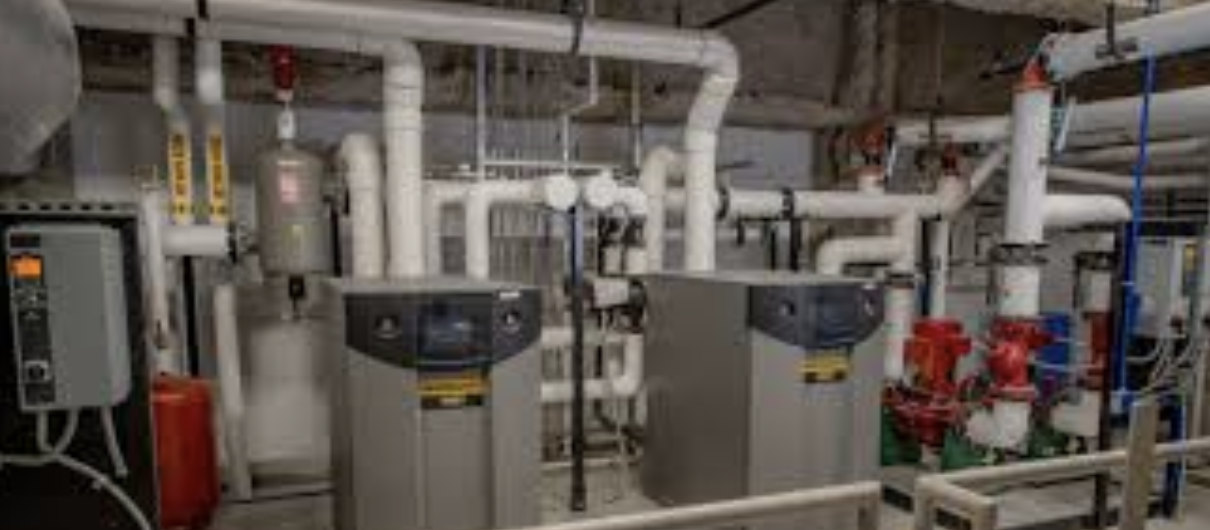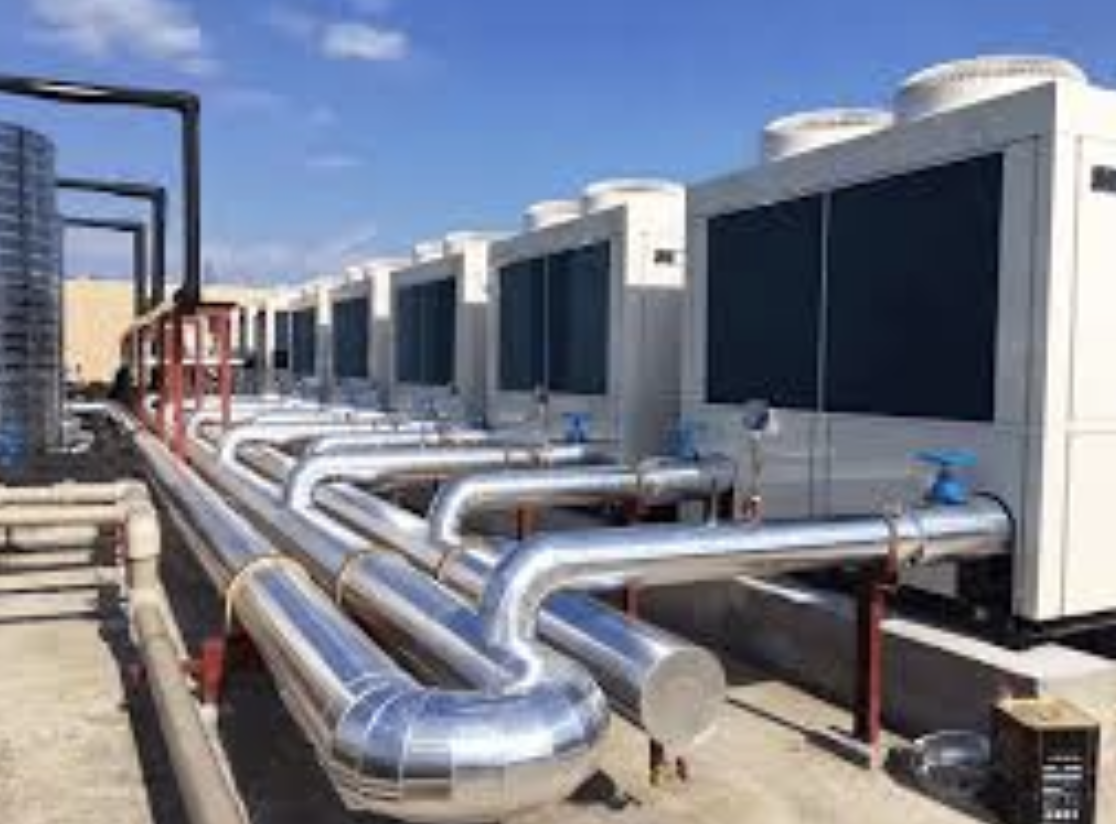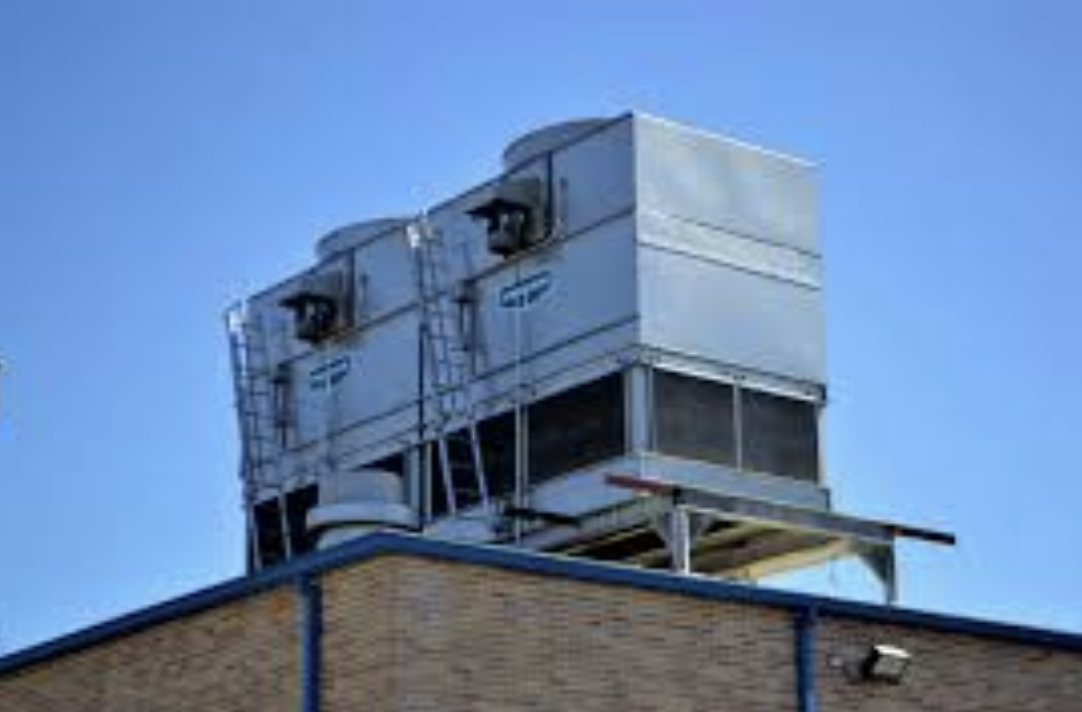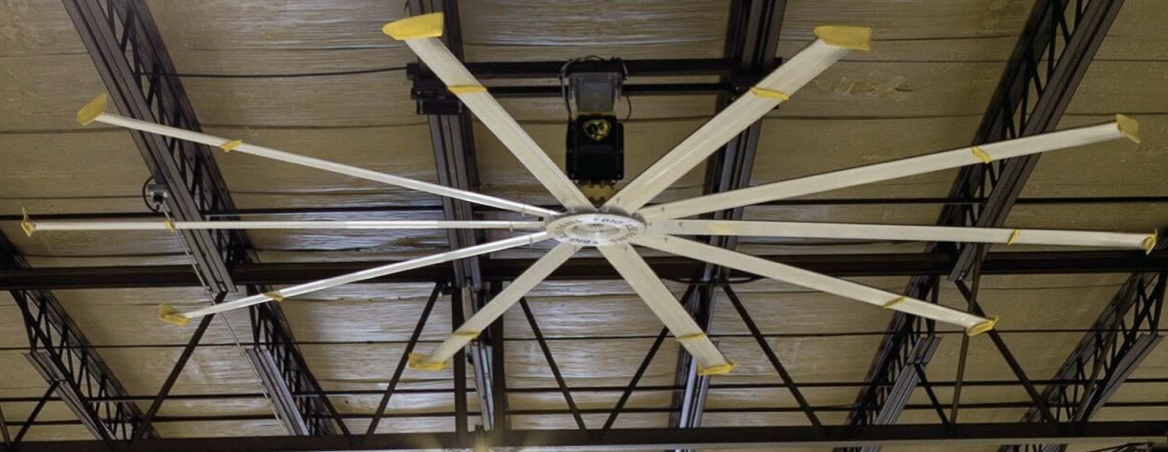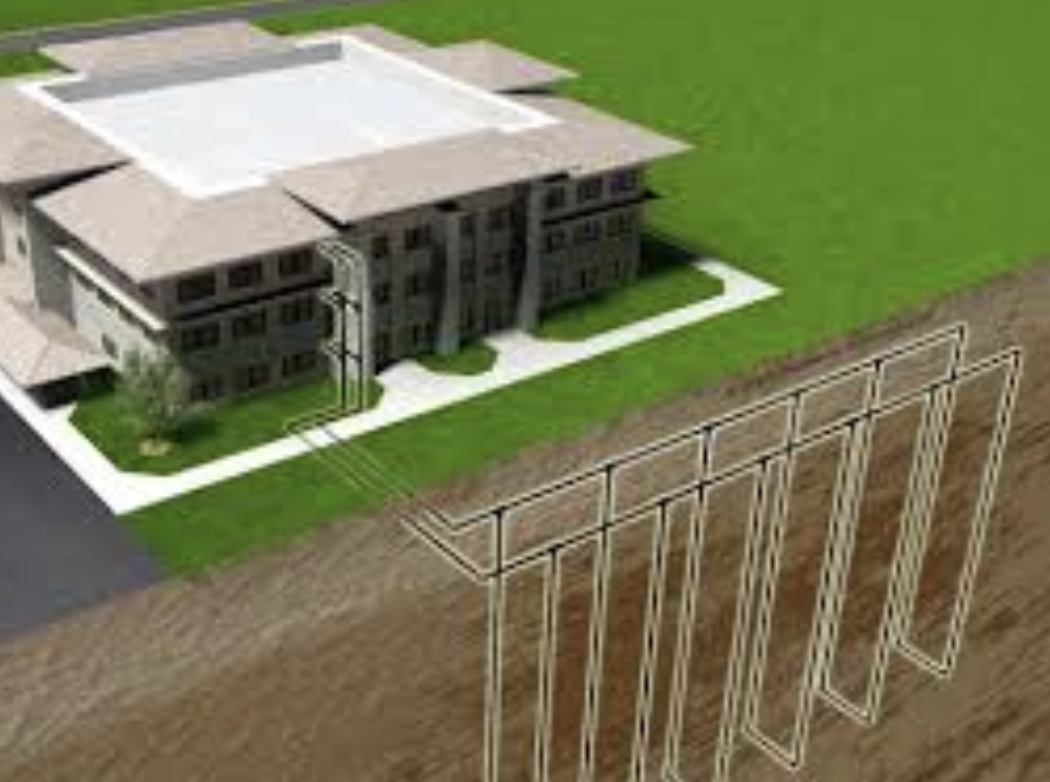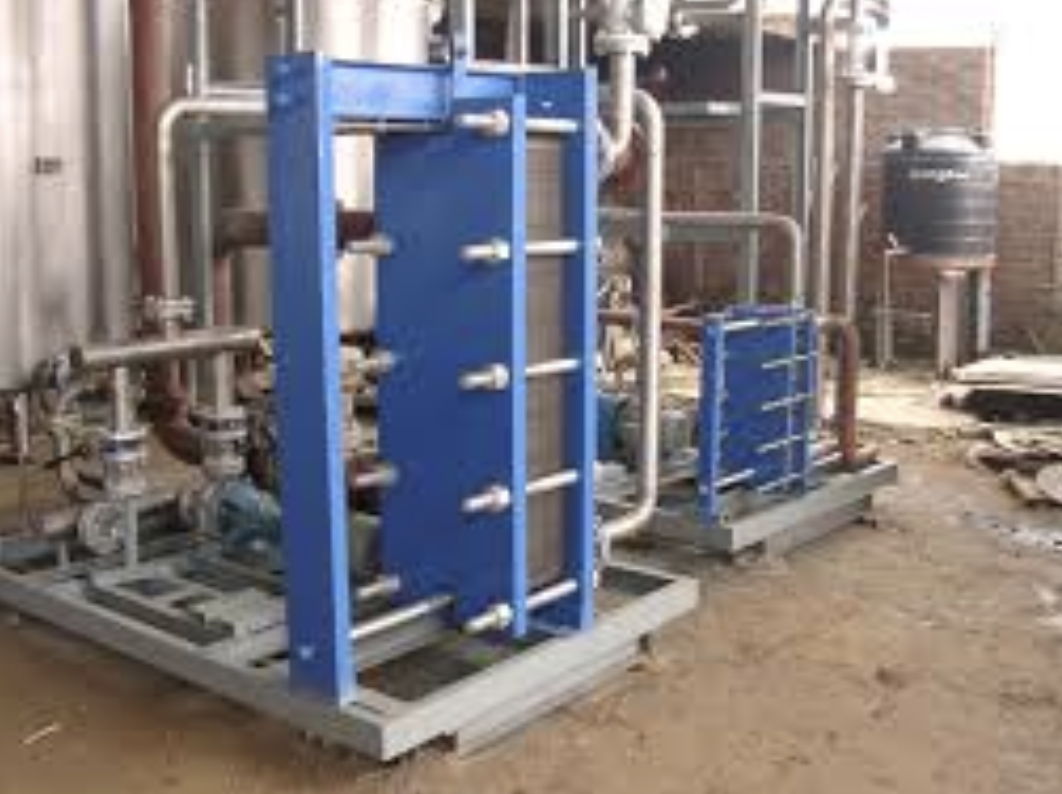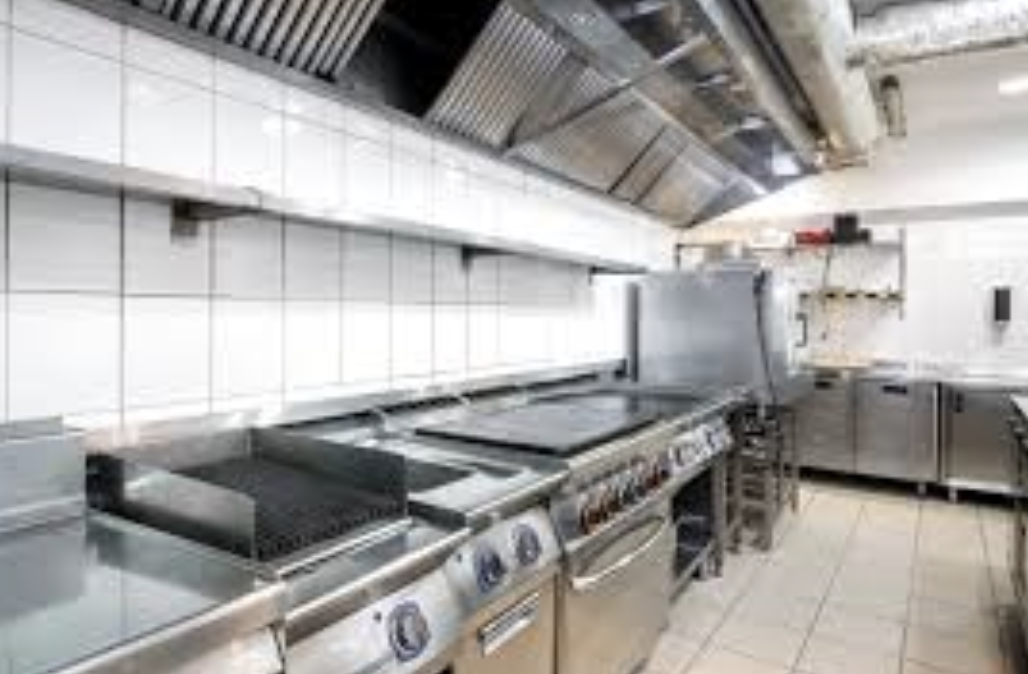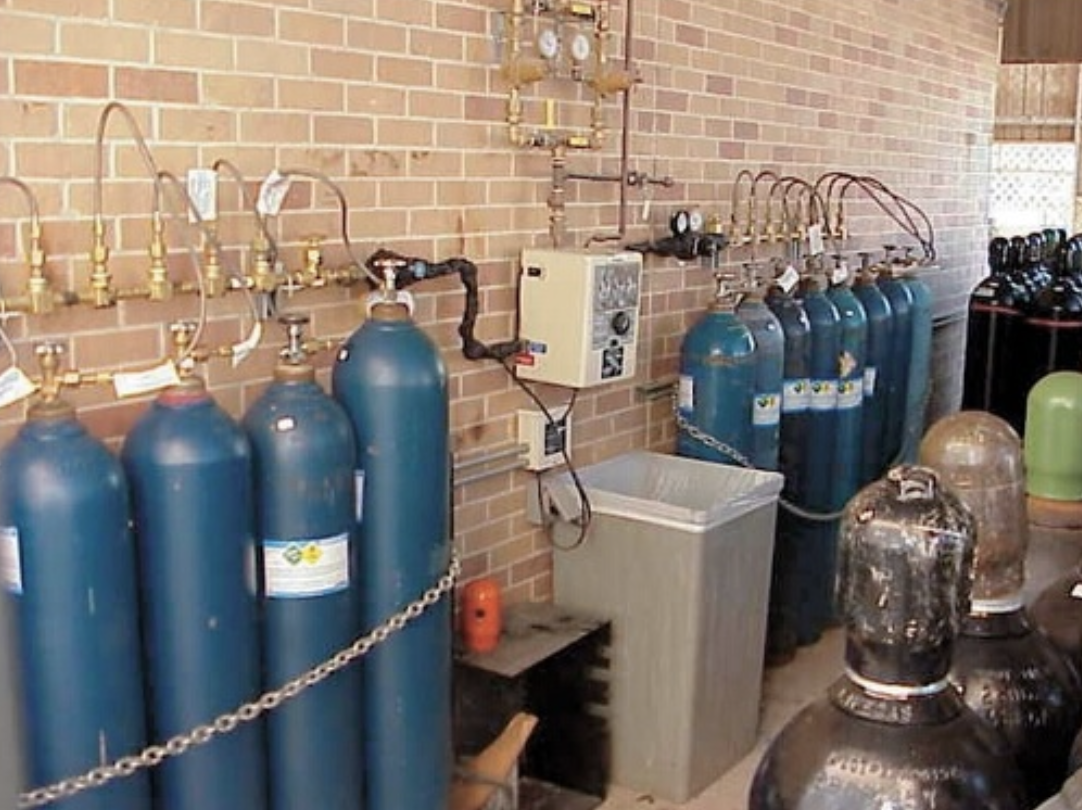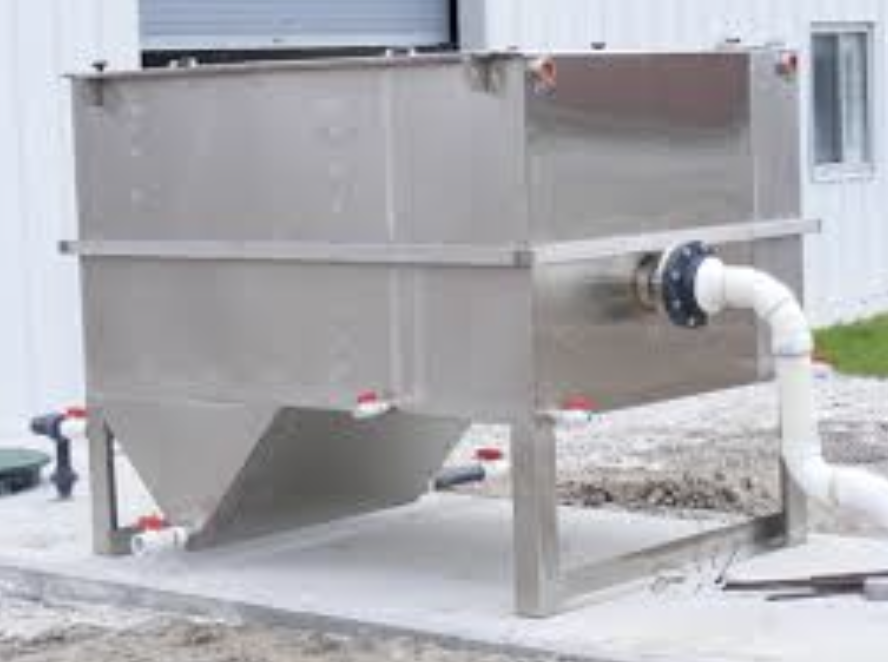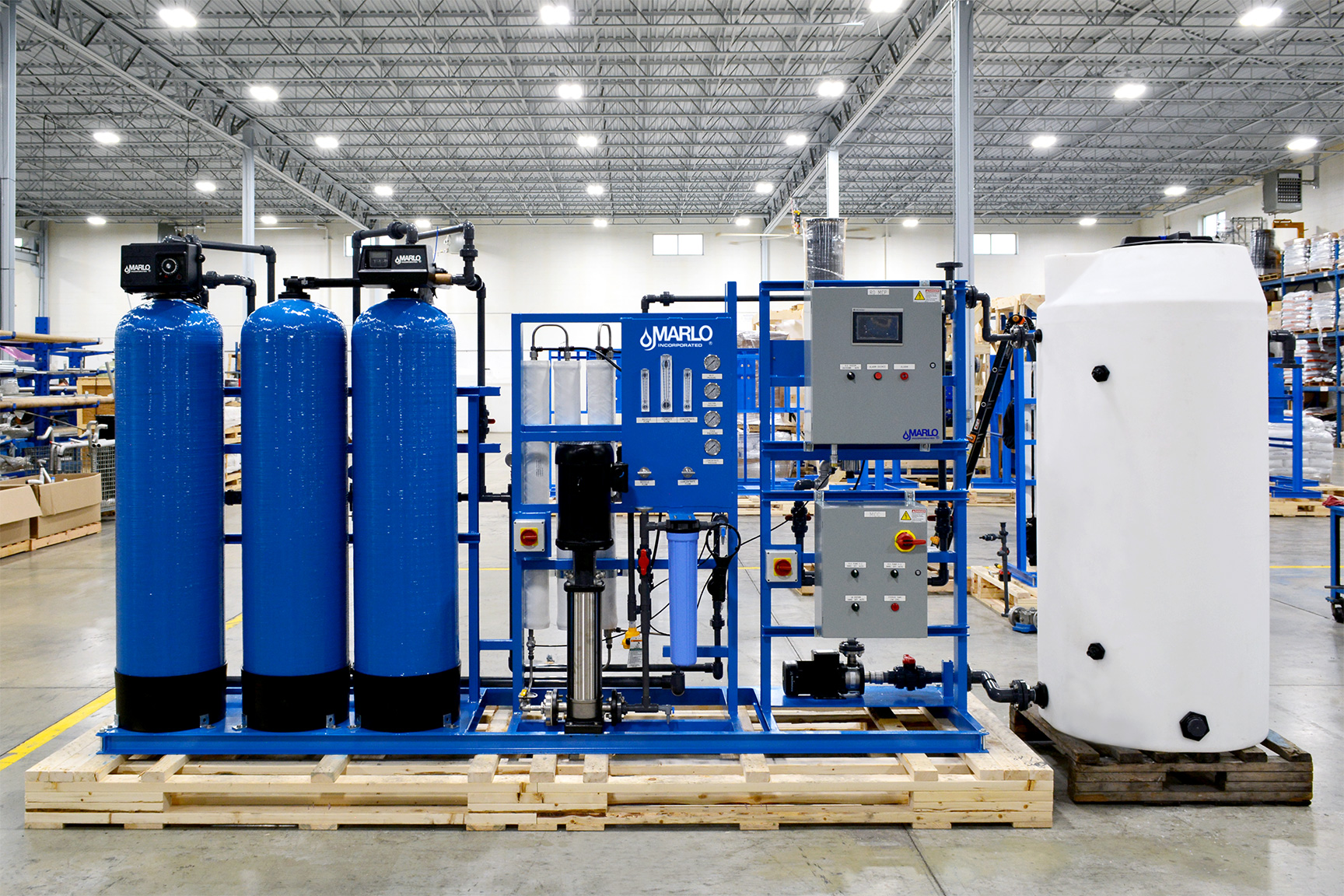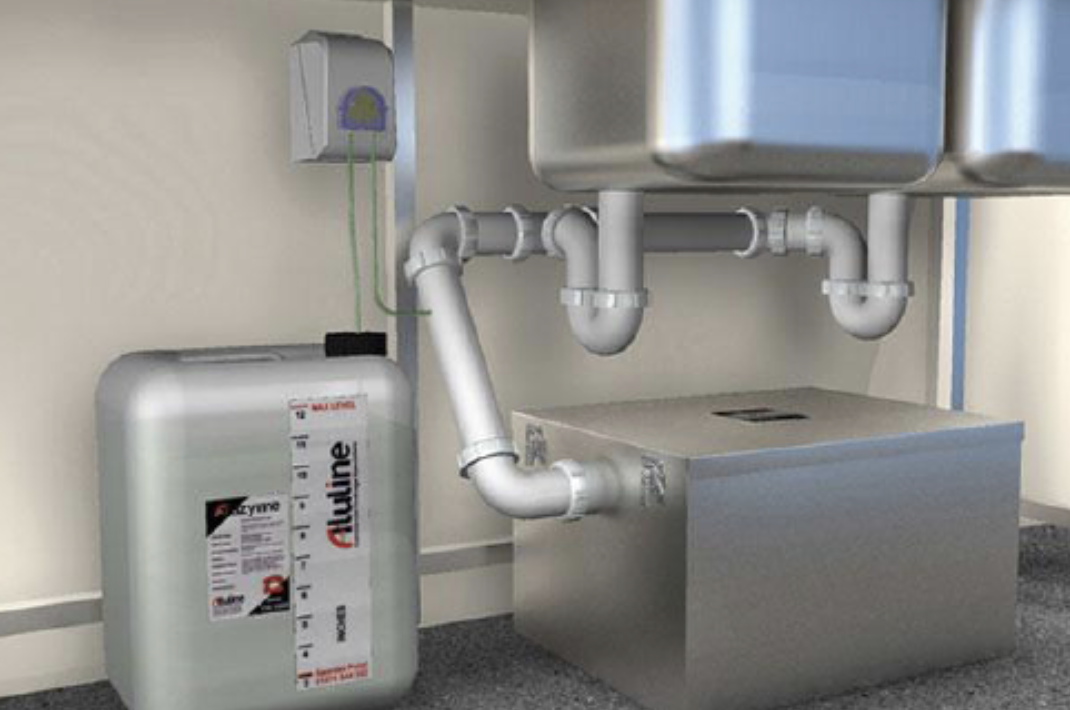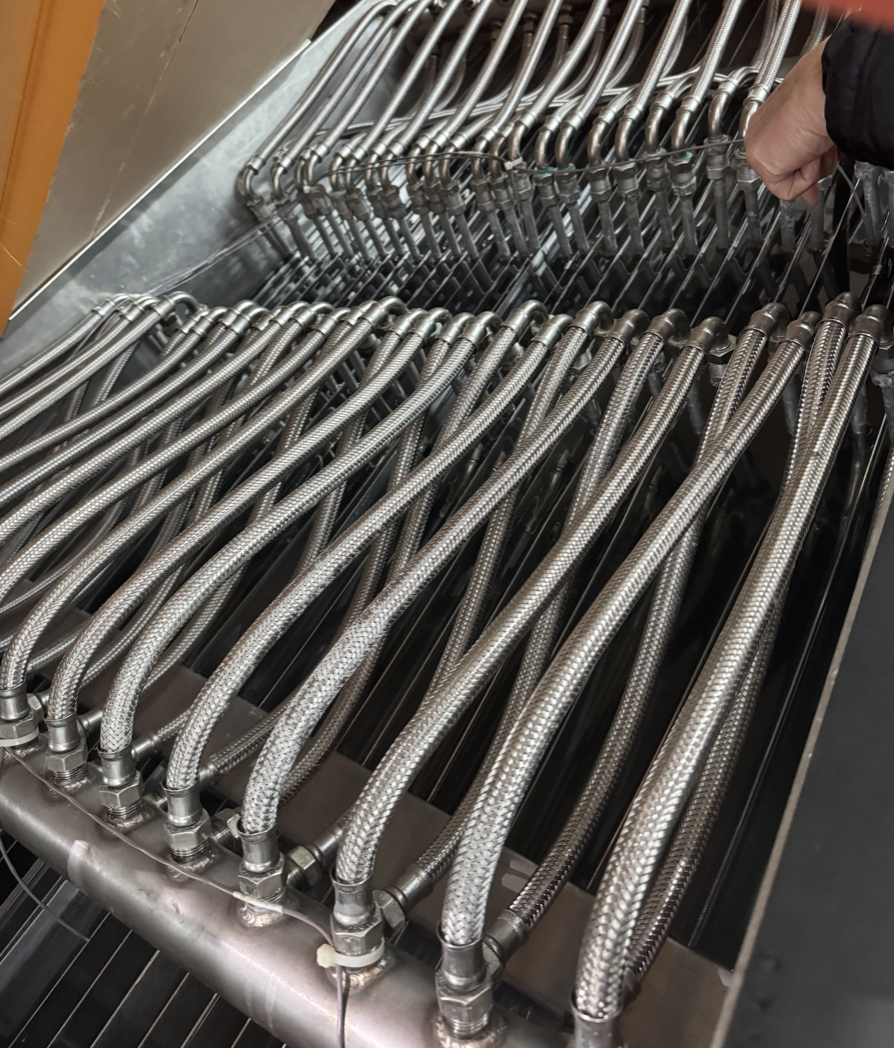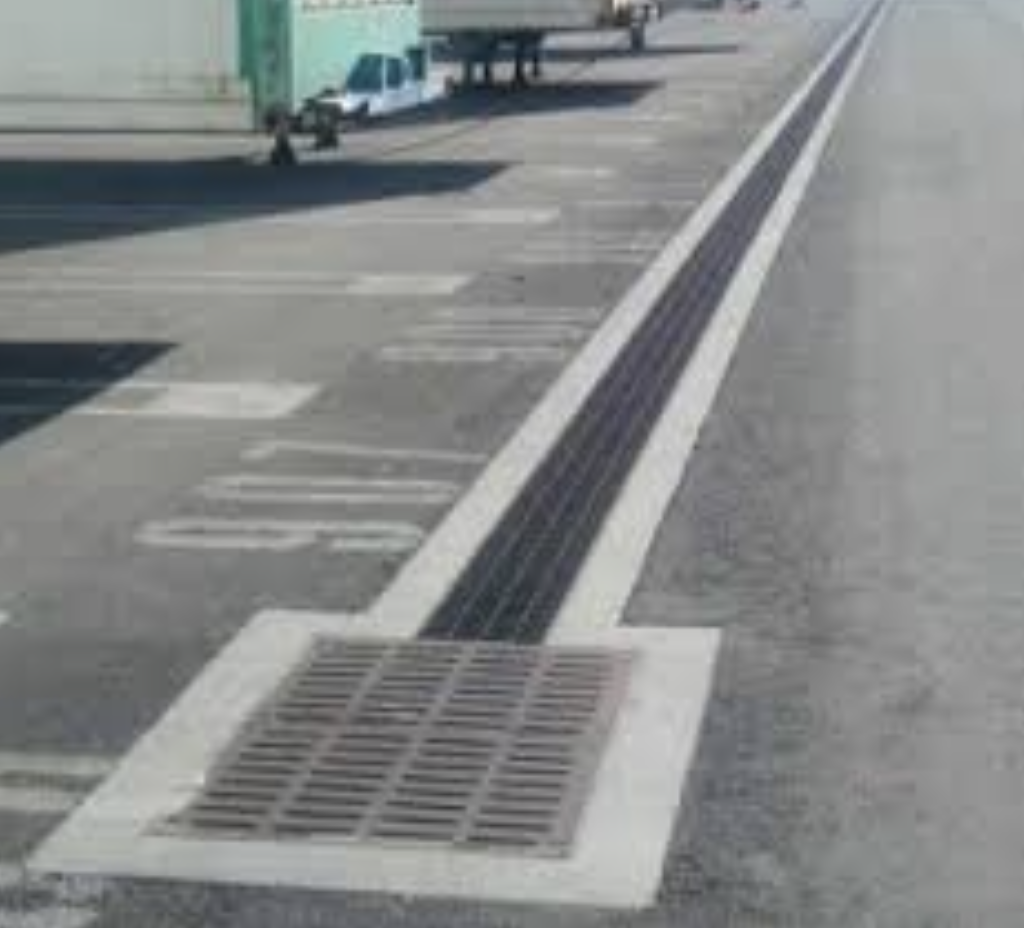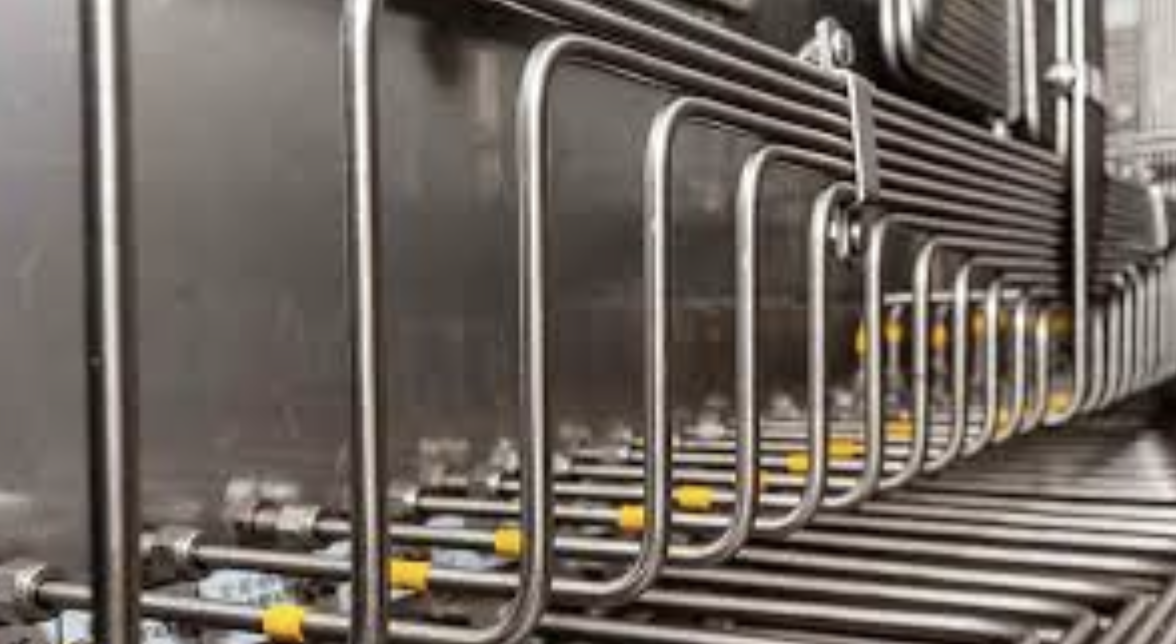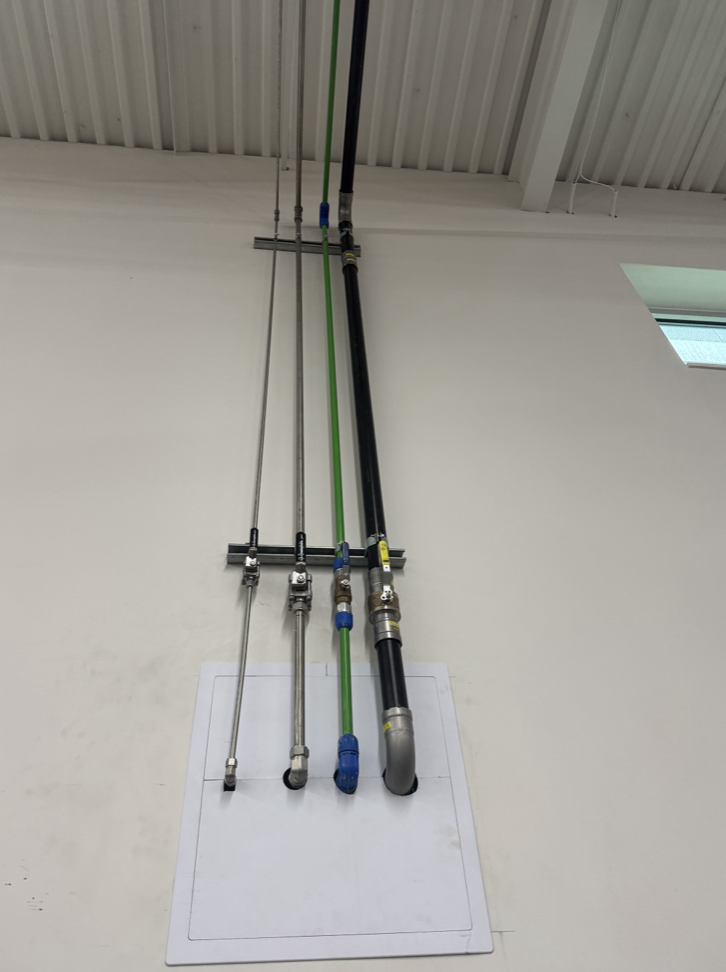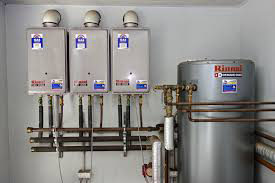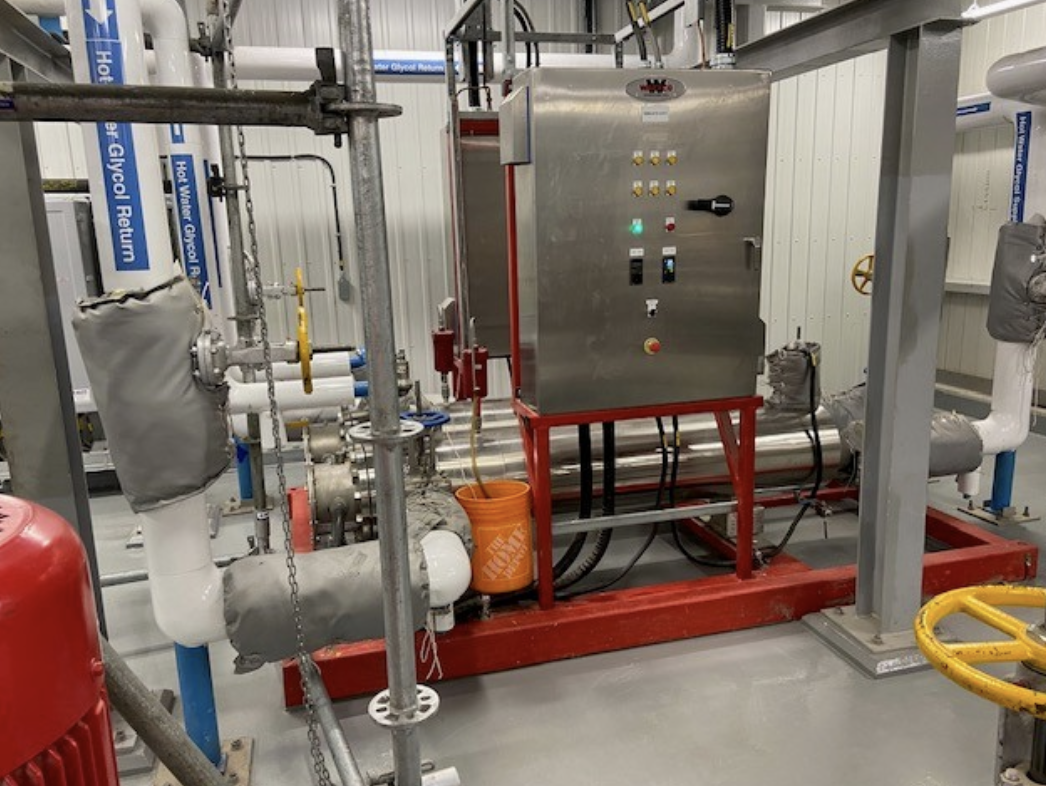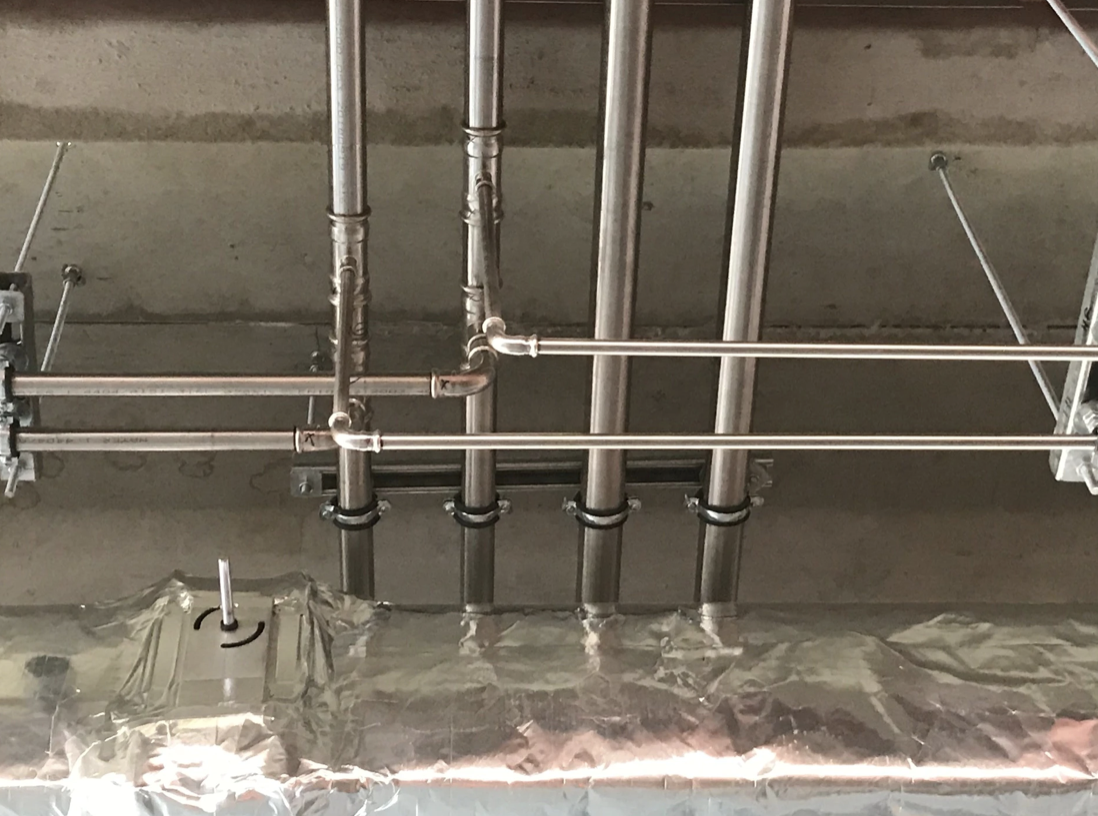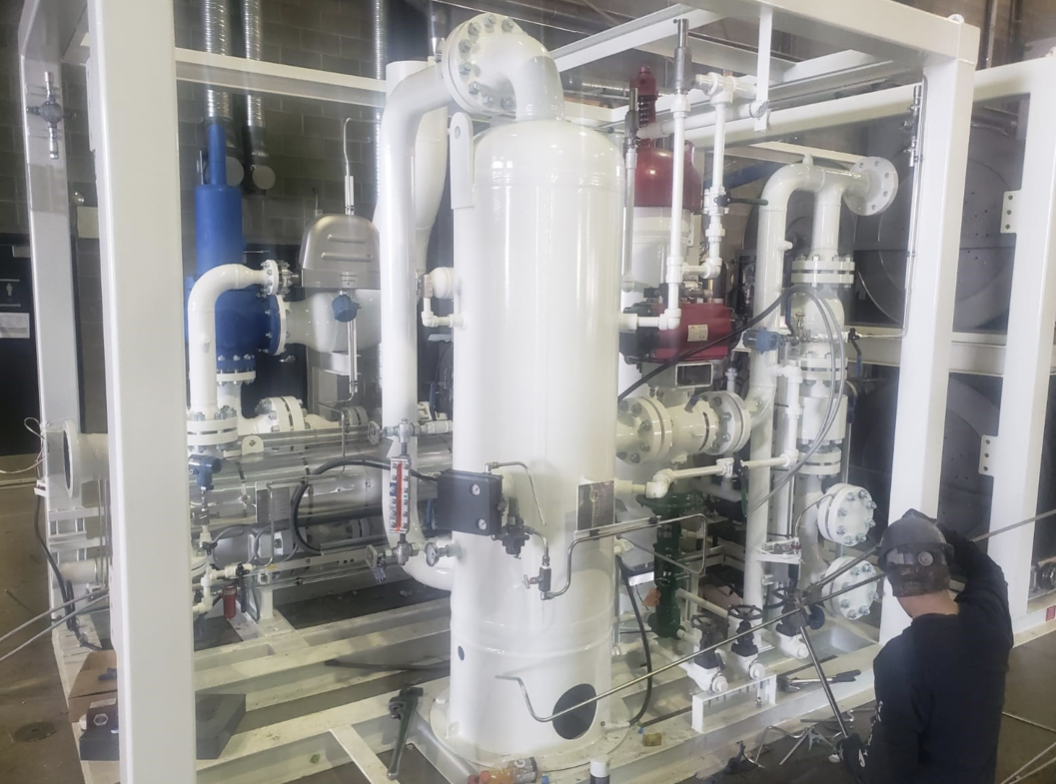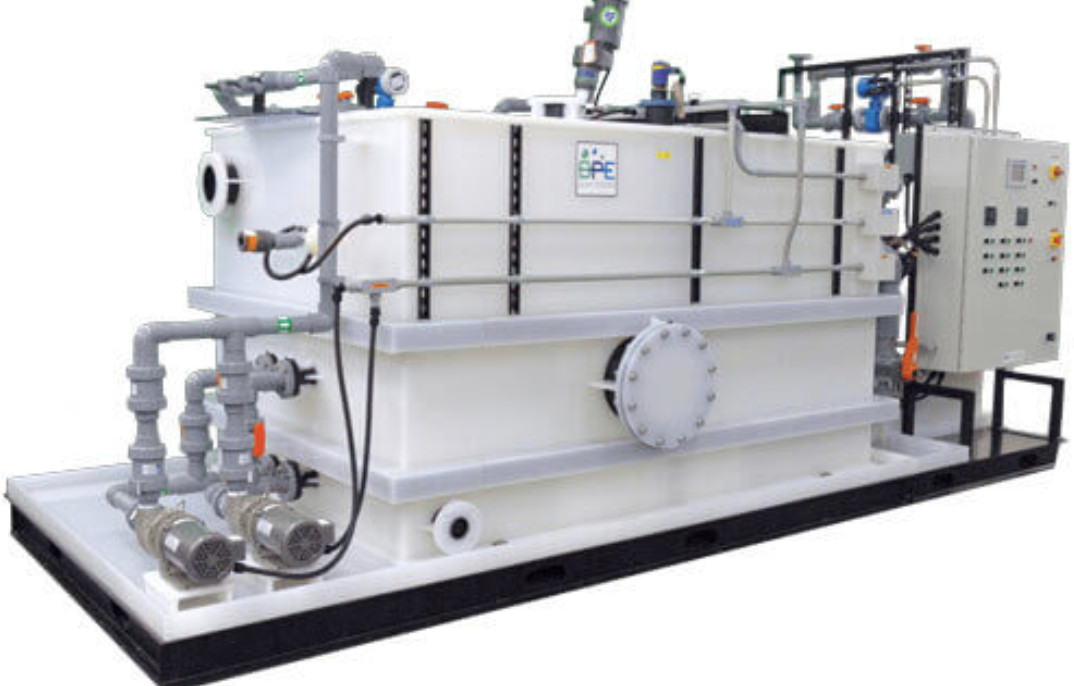Why Choose Jarvis Mechanical for Design?
Reduced Total Project Costs
Our integrated approach and in-house expertise help minimize unnecessary expenses and deliver maximum value for every client.
Faster Project Turnaround
Efficient coordination and advanced design tools like Revit allow us to accelerate timelines and keep your project on track.
Improved System Reliability & Comfort
We design for long-term performance, comfort, and reliability—ensuring your systems work as intended from day one.
Long-Term Energy Savings
Our solutions are engineered for efficiency, helping you save on energy costs and reduce your environmental footprint.
At Jarvis Mechanical, our combined expertise in mechanical construction—including HVAC, plumbing, and tenant finish—paired with strong service capabilities, delivers a comprehensive solution for both new and existing clients across Greater Cincinnati. The synergy between our construction and service teams allows us to offer practical, cost-effective, and value-driven design solutions tailored to each client's needs.
Our in-house team provides turnkey mechanical solutions for new construction and retrofits. We utilize Revit software to enhance design accuracy, improve coordination, and streamline collaboration throughout all phases of a project—reducing field conflicts and increasing overall efficiency.
Whether we’re designing systems for new commercial developments or upgrading aging infrastructure, Jarvis Mechanical delivers precision, responsiveness, and reliable value on every job.
Our in-house team provides turnkey mechanical solutions for new construction and retrofits. We utilize Revit software to enhance design accuracy, improve coordination, and streamline collaboration throughout all phases of a project—reducing field conflicts and increasing overall efficiency.
Whether we’re designing systems for new commercial developments or upgrading aging infrastructure, Jarvis Mechanical delivers precision, responsiveness, and reliable value on every job.
